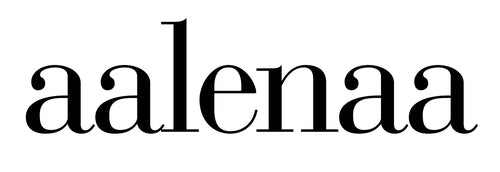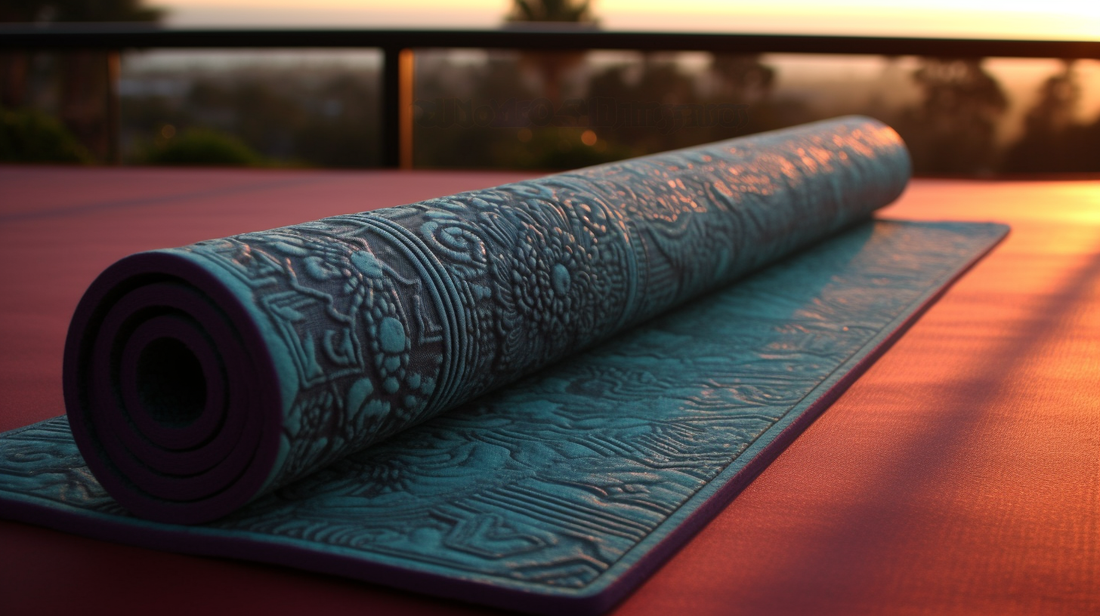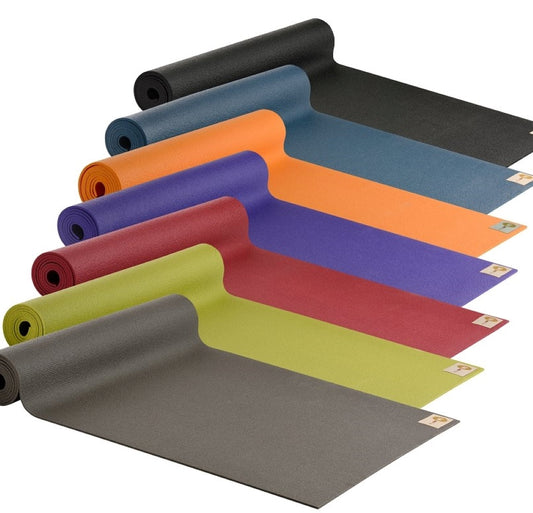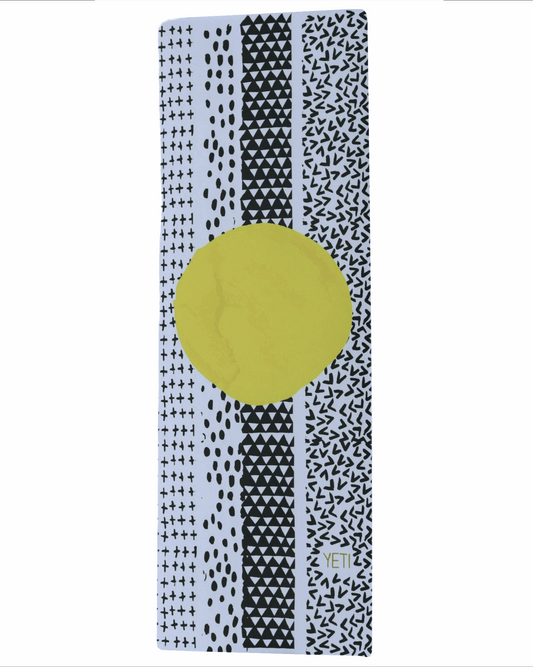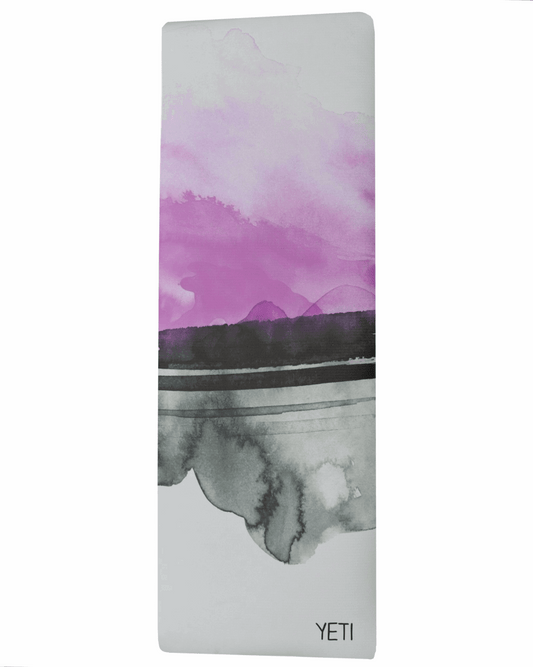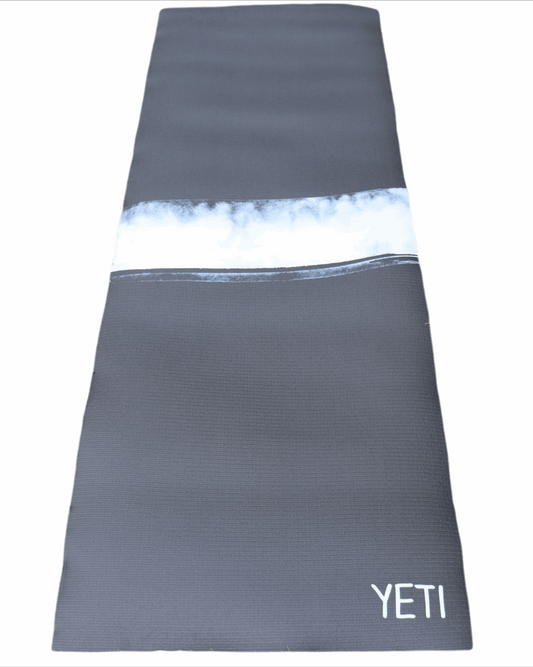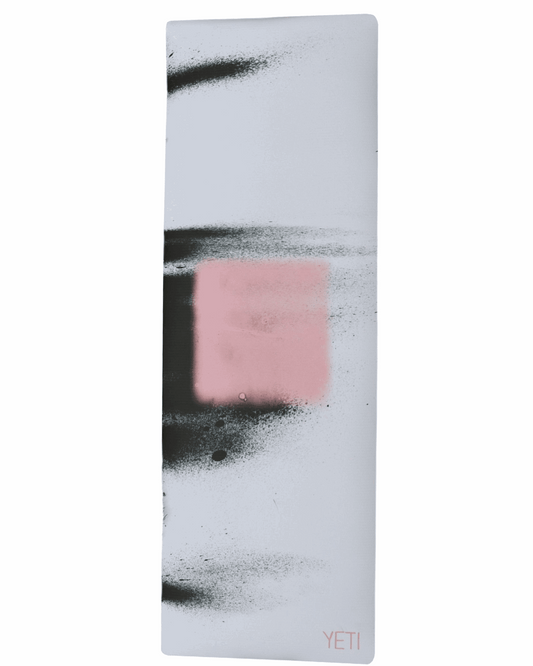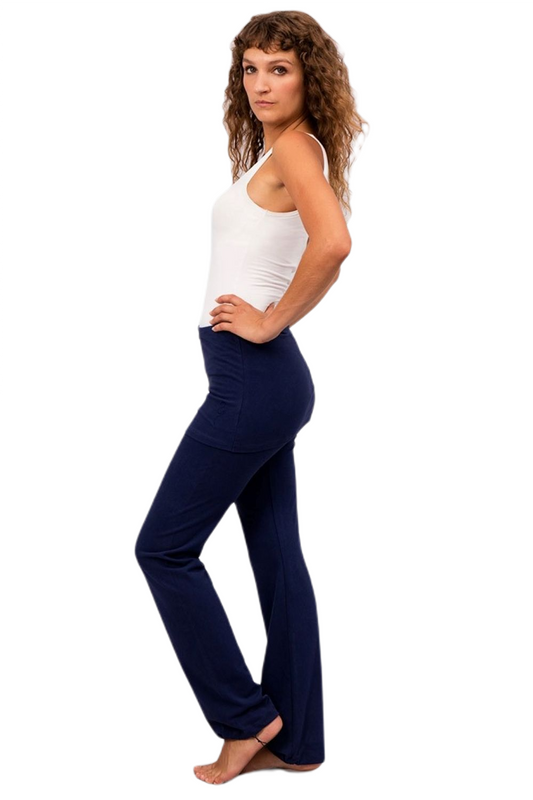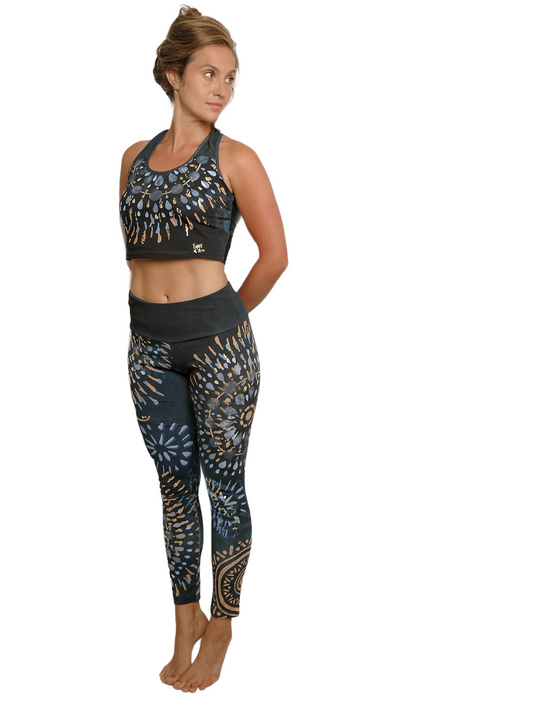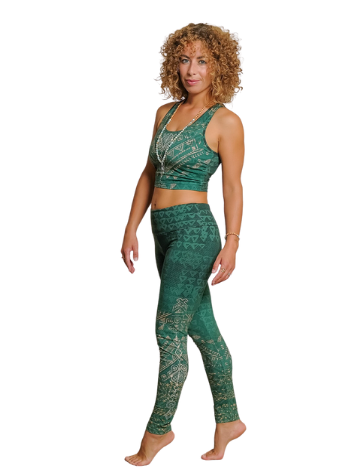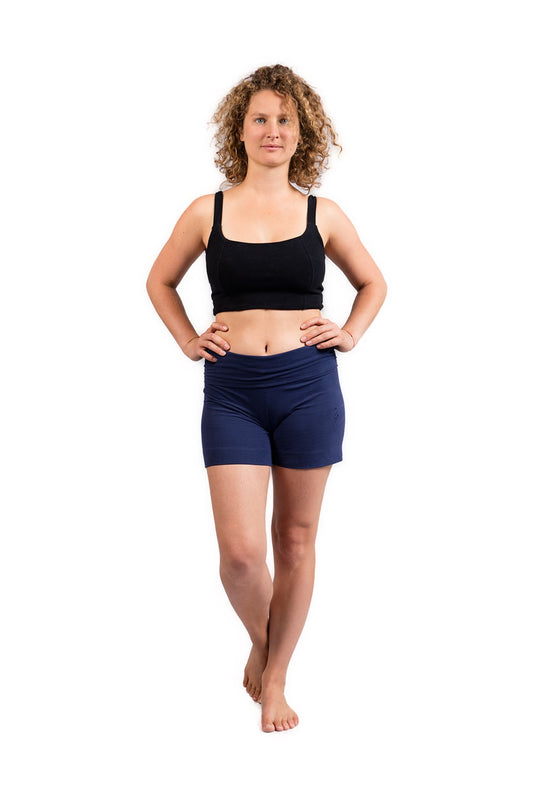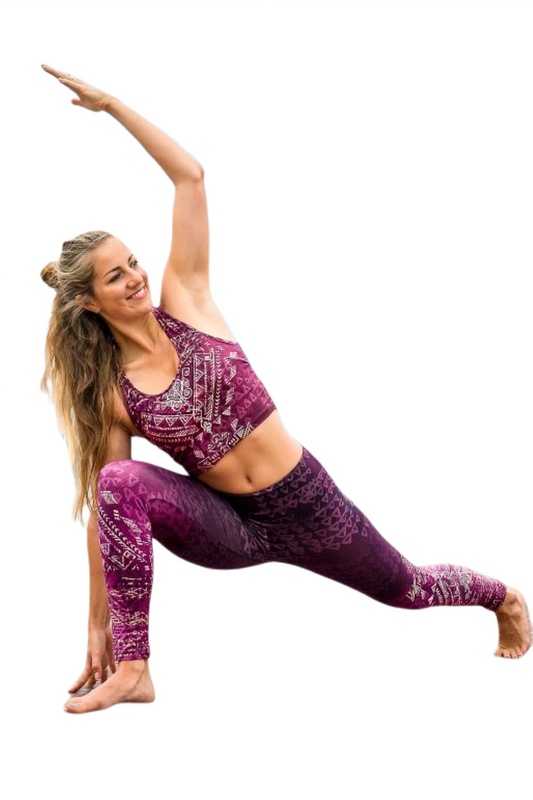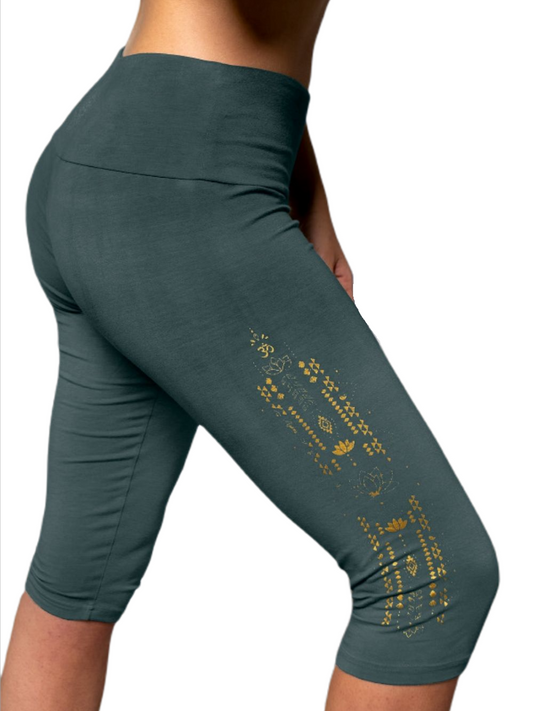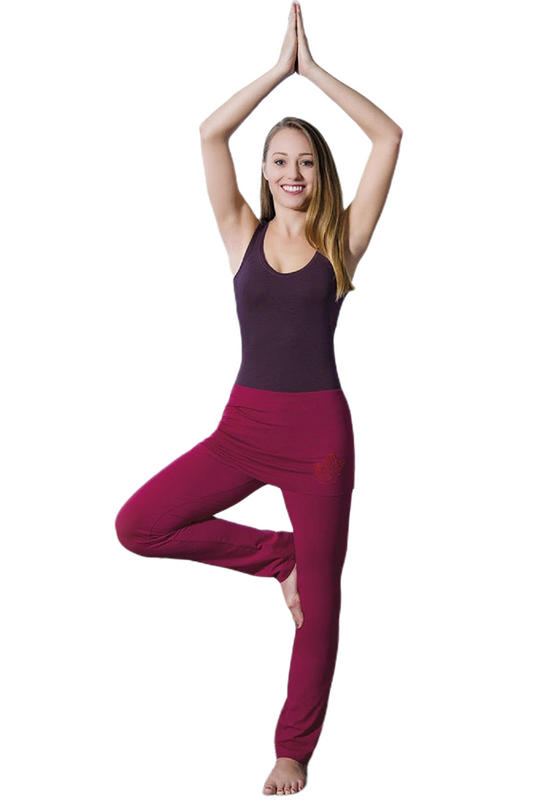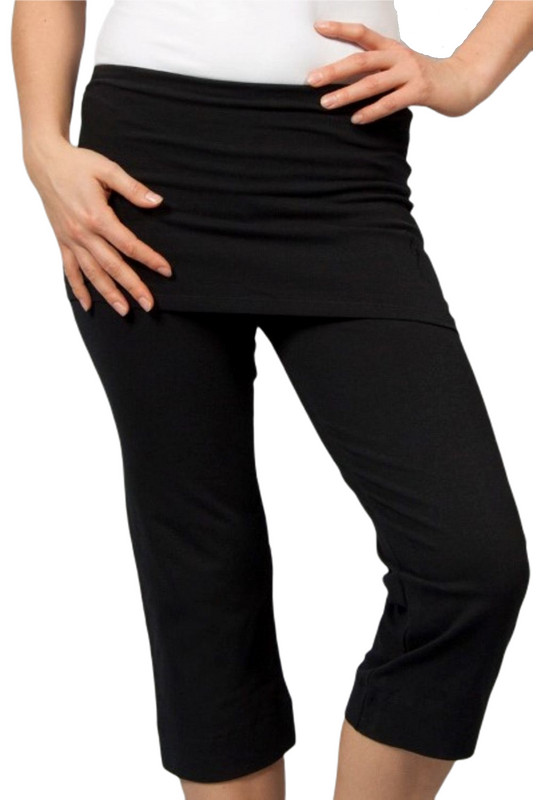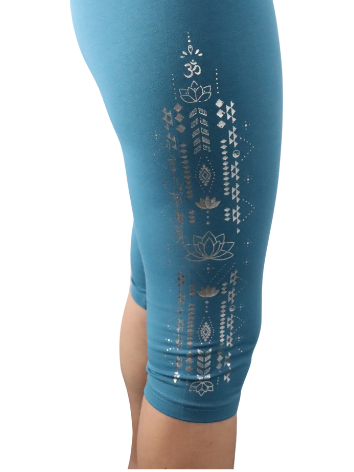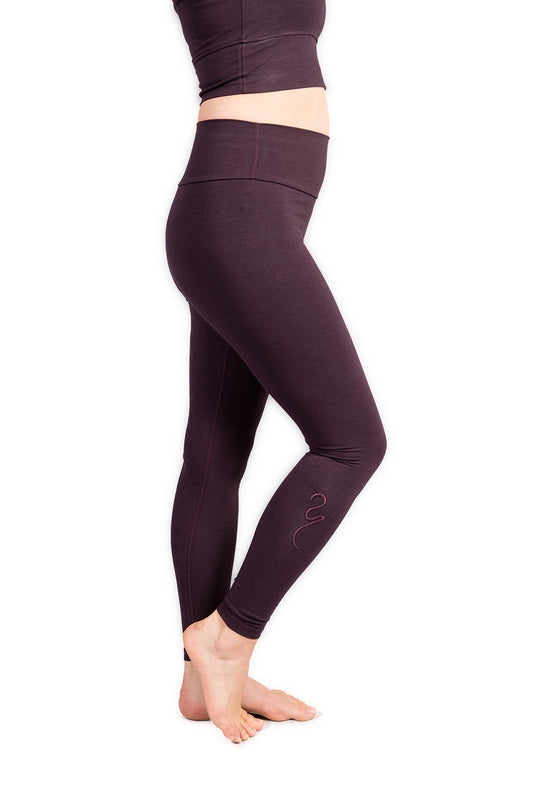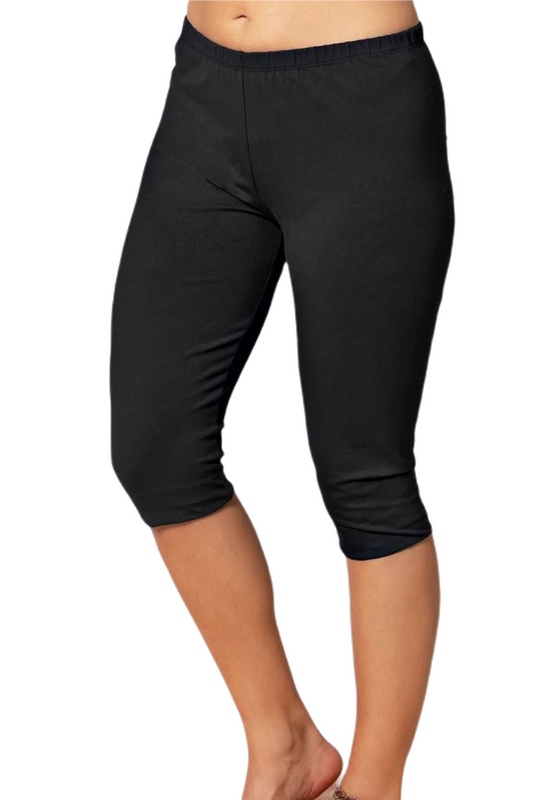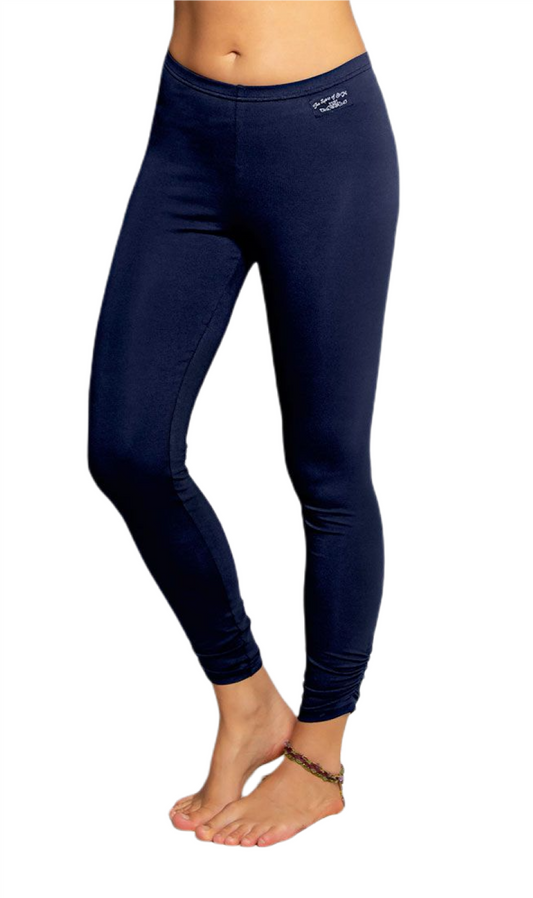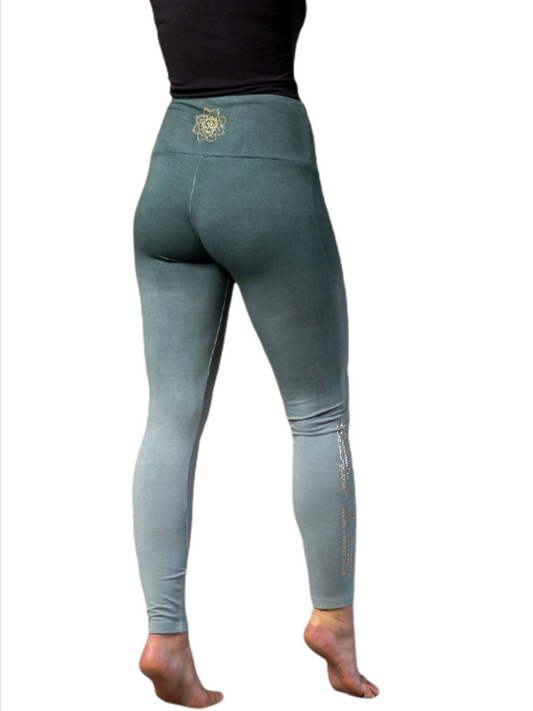Different types of yoga mats
A yoga mat is available in a wide variety of variants, which mainly differ in the materials between synthetic fibers and natural fibers. Today there is a much larger selection of yoga mats and yoga accessories than a few years ago. Yoga mats can also be used as gymnastics mats, meditation mats or as fitness mats or for Pilates exercises. In addition to the countless designs, choices of yoga mats and the various features such as size and cushioning, there are differences in the materials of the individual yoga mats. Equally important is the requirement for the yoga mat in terms of slip resistance, cushioning and grip. Another selection criterion when buying a yoga mat or yoga accessories is whether I am a beginner or already advanced. This is where the price comes into play and what personal preferences or requirements you have regarding the yoga accessories you have. At Aalenaa we want to help you find the right yoga mat for you.
- Yoga mats are available in different materials
- Size/width depends on body size
- Weight depends on requirements, eg suitability to travel
- Thickness depends on the practiced yoga form/exercises
- Cushioning depends on the yoga style eg jumps
Natural rubber yoga mats
In the manufacture of natural rubber, liquid latex is obtained from the bark of the natural rubber tree and processed to transform it into something useful for us humans. The rubber tree (lat. Hevea brasiliensis) is the only organism on earth that produces permanent elastic material. This grows and thrives in Southeast Asia, China, India, Central and South America and some parts of Africa. The tree is scratched by experienced workers so that the white milky sap can run out. This is collected in order to be processed afterwards. The milky juice is edible and tastes similar to sweet cream. As you can now imagine, a major benefit of choosing your natural rubber yoga mat is that this yoga accessory is 100% free of toxic chemicals. Natural rubber becomes sticky when heated and that at a temperature of 145°C, at 170°C it melts completely. So you should not store your yoga mat made of natural rubber in the sun. Another disadvantage of yoga mats or yoga accessories made of natural rubber is the relatively high price and the sensitivity of the material. Because a 100% natural material requires a lot of processing, the yoga mats are relatively expensive and not as durable as, for example, a yoga mat made of a chemically manufactured material. The yoga mat made of natural rubber requires a relatively high level of care, and they are also relatively heavy. The pores of the yoga mat made of natural rubber are open, which means that these yoga mats are very non-slip and have excellent grip, which advanced yogis appreciate very much for demanding asans. Sweat, dirt and bacteria can get into these open pores. We at Aalenaa give you tips on how to care for your natural rubber yoga mat so that you can enjoy it for a long time. Natural rubber yoga accessories are reinforced with textile fabrics in the high-quality segment, resulting in the properties of extreme slip resistance and excellent comfort in terms of cushioning.
Conclusion: A natural rubber yoga mat or also called natural rubber yoga mat is considered a sustainable and environmentally friendly natural product, which, however, does not tolerate direct sunlight. This high-performance mat type is often used by advanced and professional yogis and is therefore more expensive than other yoga mats. As a rule, the natural rubber yoga mat is between approx. 3-6 mm high.
- 100% natural material, free from toxins
- Environmentally friendly
- Non-slip
- Excellent grip
- Expensive, heavy and not suitable for allergy sufferers (latex allergy).
- Natural rubber is used by intermediate or professional users
TPE (Thermoplastic Elastomer) yoga mats
Yoga mats made of TPE (thermoplastic elastomers) consist of a soft foam, such as other yoga accessories such as yoga blocks. Due to its closed cell structure, a TPE yoga mat has good cushioning, has a low weight, but is very slip-resistant. TPE consists of thermoplastic elastomers, the soft, light foam contains neither PVC nor toxic plasticizers. The yoga mat made of TPE is 100% recyclable and therefore almost environmentally friendly. Therefore, this variant of the yoga mat is free of heavy metals such as lead and cadmium and is therefore completely non-toxic. Since TPE yoga mats are latex-free, it's a great tip for allergy sufferers. Due to the good elasticity and its low weight, it is ideal as a travel mat for vacation or for transport to your yoga studio. The TPE yoga mat is ideal for dynamic yoga styles such as Vinyasa, Power Yoga or Jivamukti Yoga thanks to the cushioning properties of this yoga accessory. In addition, the TPE yoga mat is easy to clean for these demanding yoga styles. But this yoga mat is also well suited for calm yoga styles such as Yin Yoga due to its softness. However, we at Aalenaa advise against demanding yoga styles such as Ashtanga. With this load, the yoga mat may dissolve or become damaged.
Conclusion: The yoga mat made of TPE is therefore probably one of the most popular mat types.
- Extremely light
- Good cushioning, high slip resistance
- 100% recyclable
- Free from heavy metals
- Very good price/performance ratio
PVC (polyvinyl chloride) yoga mats
PVC (polyvinyl chloride) is an amorphous, thermoplastic material that is brittle. With the help of plasticizers and stabilizers, this plastic, which can be produced in all imaginable colors, shapes and sizes, becomes soft and malleable. An example of a plasticizer is phthalates. AZO dyes are used for the beautiful bright colors. Yoga mats made of PVC are the classic and all-rounder among yoga mats, because they are durable, robust and non-slip on both sides and well suited for all yoga styles. The material is less expensive to produce than other synthetic fibers. Yoga mats made of PVC are available from EUR 15. In order to exclude health risks, yoga mats made of PVC are tested for health safety and provided with a seal of quality, such as Ökotex 100. The yoga mats made of PVC consist of open-cell and foamed fibers, which means that sweat and oils stores, which in turn leads to a good grip. No toxic emissions are released during production, and the material has excellent density (cushioning). With its impressive lifespan, there is less waste, but this type of yoga mat is not recyclable. The flexible use of the PVC yoga mat as well as outdoors, in heated or unheated rooms means that the PVC yoga mats are the best-selling yoga mats.
Conclusion: PVC yoga mats are extremely durable and hard-wearing, suitable for all yoga styles. PVC yoga mats have a good grip, good cushioning properties and are easy to clean.
- Light weight, relatively cheap
- extremely durable and hard-wearing
- suitable for all yoga styles and allergy sufferers
- easy to clean
- not or poorly recyclable
What should you consider when choosing a yoga mat?

There are big differences among the individual yoga mats in terms of grip/slip resistance, dimensional stability, cushioning and care. How stable you are in downward-facing dog or how confidently you jump into the handstand depends on the quality of the yoga mat. We at Aalenaa have already explained some important things about the material of your yoga mat.
slip resistance
Sufficient slip resistance of your yoga mat makes your yoga practice safe and supports your alignment of the body in the desired yoga position. The slip resistance not only refers to the underside of the yoga mat, but also to the surface of the yoga mat. If you want to include jumps in your workout, you should choose a yoga mat with high slip resistance. Yoga mats are most non-slip when they are clean, so regular care is recommended. Depending on the material, a yoga mat made of jute has a rougher surface structure and a PVC yoga mat is the most non-slip.
thickness and cushioning
The higher the yoga mat, the more cushioning you have during your exercises. Sufficient cushioning protects your joints. It is important that you feel a good connection to the ground. A height of between 4-5 mm is usually sufficient. For beginners, it is advisable to choose a slightly thicker yoga mat, but the thicker the yoga mat, the more shaky the standing position becomes.
height and weight
In addition to the need for padding, you should think carefully about how much storage space and space you have available for storage and whether you travel often and whether the yoga mat should be your constant companion. Yoga mats with a height of 5mm are really heavy, in contrast, travel mats are about 1mm high and are easy to fold for the suitcase, but have no cushioning. Standard dimensions for yoga mats are approx. 60 cm wide and approx. 180 cm long. However, if you are taller than 1.80 cm, you should buy a so-called XL mat with a width of approx. 80 cm, these are longer than 1.80 cm. It is important that the head, spine, pelvis, hips and knees are not exposed to the hard floor.
At Aalenaa, we advise you to decide based on your height and how you use the yoga mat. However, it is often not possible to cover every use of the yoga mat and you may have to buy two yoga mats.
- Do I want the yoga mat for a specific place, e.g. at home or in the studio?
- Do I want to take the yoga mat with me when I travel or always?
- Do I need a yoga mat bag here?
sustainability and materials
Yoga mats with an ÖKO-TEX-STANDARD 100 product class I seal have been tested for harmful substances and are generally suitable for infants. As the market becomes more conscious, there are eco-friendly models in all mat categories. Among them, more and more yoga mats are made in Germany. If you want to be on the safe side, you can opt for a yoga mat with the ÖKO-TEX STANDARD 100 product class I seal or a yoga mat made of natural materials such as jute, cork, natural rubber, cotton or new wool .
Care and cleaning of yoga mats
The care depends entirely on the material of the yoga mat, whereby the manufacturer's instructions must always be observed. You should clean a yoga mat made of natural rubber with vinegar water to remove the bacteria from the yoga mat. The vinegar water has an antibacterial effect. You should never use soap or detergent on the natural rubber yoga mat. On the other hand, with all other yoga mat materials listed, a damp sponge with 2 drops of washing-up liquid in water is recommended for light soiling to rub off the dirty areas. In the case of heavy soiling, a mild cleaning agent is recommended. Always let the yoga mats air dry and protect them from direct sunlight. Yoga bags can help prevent contamination.
- regular cleaning
- mild soap and water
- air dry
FAQ
Which yoga mat is the best for beginners?
At aalenaa, we recommend a non-slip and well-padded yoga mat for beginners, such as a natural rubber or TPE yoga mat. These offer sufficient support and comfort to learn the first yoga exercises.
How do I find the right size for my yoga mat?
The ideal size of a yoga mat depends on your height and the yoga exercises you want to practice. In general, the mat should be at least as long as your height and wide enough to comfortably perform all yoga exercises. At aalenaa you will find different sizes to find the right mat for you.
How do I properly care for and clean my yoga mat?
Caring for and cleaning your yoga mat is important to ensure its longevity. At aalenaa, we recommend cleaning the mat regularly with mild soap and water and allowing it to air dry. Avoid exposing the mat to direct sunlight or high temperatures to preserve its quality. Roll up your yoga mat from time to time.
